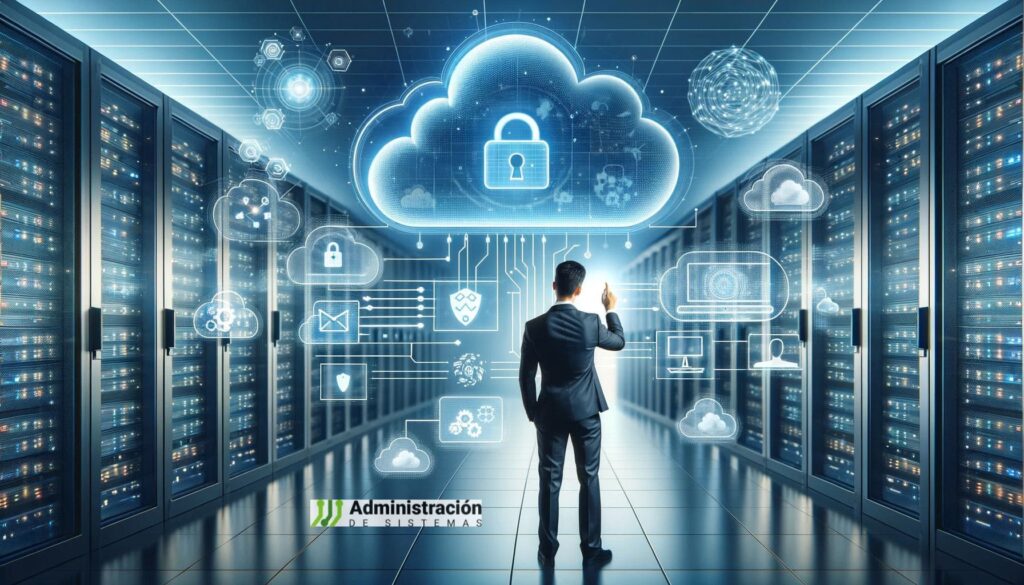TrendForce, one of the leading market analysis firms in the tech industry, has released its report on the ten trends set to redefine the technological landscape in 2025. These predictions cover areas like generative artificial intelligence, robotics, semiconductors, and energy, highlighting the accelerated transformation these innovations will bring to the global market.
1. Generative AI and Robotics: A Growing Market
Generative AI will continue to lead technological advancements, driving improvements in humanoid and service robots. These technologies will enable more fluid and adaptive human-machine interactions. The global market for humanoid robots is expected to grow at a compound annual growth rate (CAGR) of 154% between 2024 and 2027, surpassing $2 billion in value.
Service robots powered by AI are poised to become versatile tools for assistance, mobility, and complex tasks, marking a milestone in multimodal interaction and automation.
2. AI-Powered Notebooks: A Rising Standard
The penetration of AI-enabled notebooks is projected to reach 21.7% by 2025 and could climb to 80% by 2029. These laptops will integrate edge AI capabilities to process real-time tasks, such as voice commands and image recognition, enhancing data privacy and energy efficiency.
Additionally, systems based on Arm architectures are expected to gain traction over traditional x86 platforms, driven by their scalability and efficiency.
3. Growth in AI Servers and HBM Enhancements
The demand for AI infrastructure is set to increase server shipments by 28% by 2025. Industry-standard 12-layer HBM3e (12hi) memory will become more prevalent, with manufacturers like SK hynix leading innovations to improve stability and performance.
These technologies will be critical for advanced applications, from cloud platforms to digital sovereignty operators.
4. Innovations in Semiconductors and CoWoS Demand
The transition to 3nm and 2nm nodes will drive significant architectural changes in semiconductors. TSMC plans to introduce nanosheet transistors in 2025, while Intel will adopt RibbonFET technology to compete in performance and efficiency.
The rising customization of chips for AI applications will also boost demand for CoWoS (chip-on-wafer-on-substrate) technologies, which offer larger packaging areas and better integration capabilities.
5. AI in Cybersecurity: A Double-Edged Sword
Artificial intelligence is transforming cybersecurity in both defense and offense. Generative AI tools are improving threat detection and data consolidation but are also being exploited for advanced offensive tactics, such as enumeration analysis and phishing.
Companies will need to address risks associated with generative AI, including vulnerabilities in training data and a lack of access controls.
6. AMOLED Expansion in Mid-Sized Devices
AMOLED panels are gaining traction in devices like notebooks and tablets. Notebooks with AMOLED screens are expected to achieve a 3% penetration rate by 2025, driven by strategic investments from Apple and other manufacturers.
7. Transformation in Virtual and Augmented Reality
The launch of Apple’s Vision Pro redefines the use of VR/MR devices, focusing on productivity rather than entertainment. Meanwhile, advancements in LEDoS technology will enable lighter AR glasses with enhanced visual experiences, setting new design and functionality standards.
8. Miniaturization of CubeSats and IoT Revolution
The mass production of CubeSats, small low-orbit satellites, is transforming global communications and IoT. These technologies provide low-latency coverage and applications in areas such as agricultural monitoring and connectivity in remote regions.
9. Autonomous Robotaxis and E2E Models
Level 4 autonomous vehicles are nearing mass production. End-to-end (E2E) models, like those adopted by Tesla, are accelerating the development of safer and more efficient vehicles. However, regulatory and geopolitical challenges could slow adoption.
10. Innovations in Energy Storage for EVs and Data Centers
The electric vehicle (EV) market is adopting ultra-fast charging LFP batteries, capable of reaching 600 km of range in just 10 minutes. Simultaneously, AI-powered data centers are driving demand for advanced energy storage systems, essential for stabilizing renewable energy sources and ensuring operational reliability.
These trends, identified by TrendForce, highlight the convergence of technology, sustainability, and digital transformation, marking 2025 as a pivotal year for innovation and global advancement across multiple sectors.
via: Spanish News

